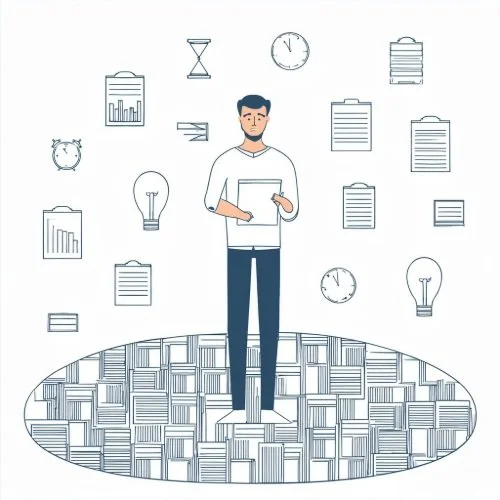5 Critical Templates Every Salesforce Admin Need
Stop reinventing the wheel: Templates that will save your sanity
As a Salesforce Admin who’s navigated everything from system meltdowns to major data migrations, I’ve learned one crucial lesson: having the right templates isn’t just helpful — it’s essential for survival.
After 12+ years and countless crises, I’ve developed a set of templates that have quite literally saved my career. Today, I’m sharing the five most critical ones.
Why Templates Matter
Before we dive in, let’s talk about why templates are so crucial:
They ensure consistency
They save precious time during emergencies
They reduce human error
They make delegating easier
They help maintain institutional knowledge
Now, let’s get to the good stuff.
1. The Daily System Check Template
Think of this as your Salesforce morning coffee routine. It helps you spot potential issues before they become full-blown crises.
Key Components:
System performance metrics
Integration status checks
Failed automation alerts
Data quality indicators
User access changes
Pro Tip: Set up automation to handle the basic checks, but always review the results personally. Some issues require human intuition to spot patterns.
2. The User Access Audit Template
Security breaches often happen not because of sophisticated attacks, but because of overlooked access settings.
Essential Elements:
User role inventory
Permission set assignments
Profile configurations
Login history review
Deactivation procedures
Pro Tip: Schedule monthly access reviews using this template. What seems secure today might not be tomorrow.
3. The Data Quality Dashboard Template
Bad data is like a virus — it spreads quickly and can cripple your entire system.
Must-Have Metrics:
Duplicate record counts
Required field completion rates
Data validation failures
Last modified timestamps
Record ownership distribution
Pro Tip: Create different versions of this dashboard for different stakeholders. Executives need different metrics than day-to-day users.
4. The Crisis Response Plan Template
When crisis strikes, you don’t want to be figuring out your response plan on the fly.
Critical Components:
Emergency contact list
Response team roles
Communication templates
Resolution procedures
Escalation paths
Pro Tip: Keep a printed copy of this template. System outages have a funny way of making digital documents inaccessible.
5. The Post-Crisis Analysis Template
Every crisis is a learning opportunity — if you document it properly.
Key Sections:
Incident timeline
Root cause analysis
Impact assessment
Resolution steps taken
Prevention recommendations
Pro Tip: Fill this out immediately after resolving a crisis, while the details are fresh in your mind.
Making These Templates Work for You
Having templates is one thing; using them effectively is another. Here’s how to get the most value from these tools:
1. Customize for Your Org
Adapt to your business processes
Include org-specific requirements
Use familiar terminology
Add relevant branding
2. Keep Them Updated
Review quarterly
Update after major changes
Incorporate team feedback
Document revisions
3. Make Them Accessible
Store in a central location
Share with key stakeholders
Create quick-access links
Maintain backup copies
4. Train Your Team
Review templates regularly
Practice using them
Gather improvement suggestions
Update based on usage
The ROI of Good Templates
Still not convinced templates are worth the effort? Consider this:
60% reduction in response time to critical issues
40% decrease in recurring problems
75% improvement in team coordination
90% faster onboarding for new team members
These numbers are based on my experience implementing these templates across multiple organizations.
Ready to Level Up Your Salesforce Admin Game?
Don’t wait for a crisis to start creating these templates. Download my complete Salesforce Admin Template Bundle (coming soon) and start protecting your org today.
Remember: The best time to prepare for a crisis was yesterday. The second best time is now.
About the Author: Jeremy Carmona is a Salesforce consultant with 12+ certifications and a background in journalism. He specializes in making complex Salesforce concepts clear and actionable.
Follow him on LinkedIn for more cautionary tales and hard-won wisdom from the Salesforce trenches.

